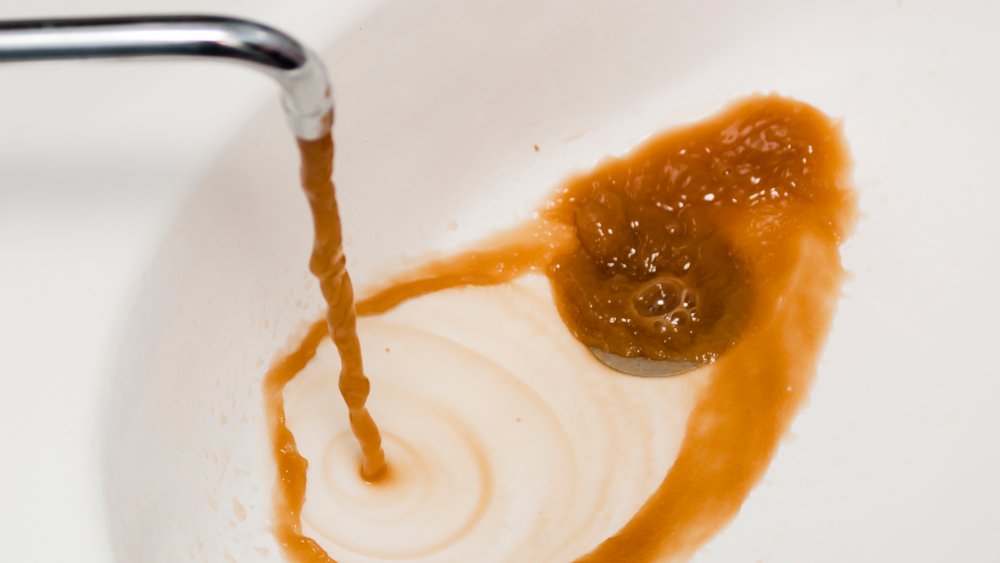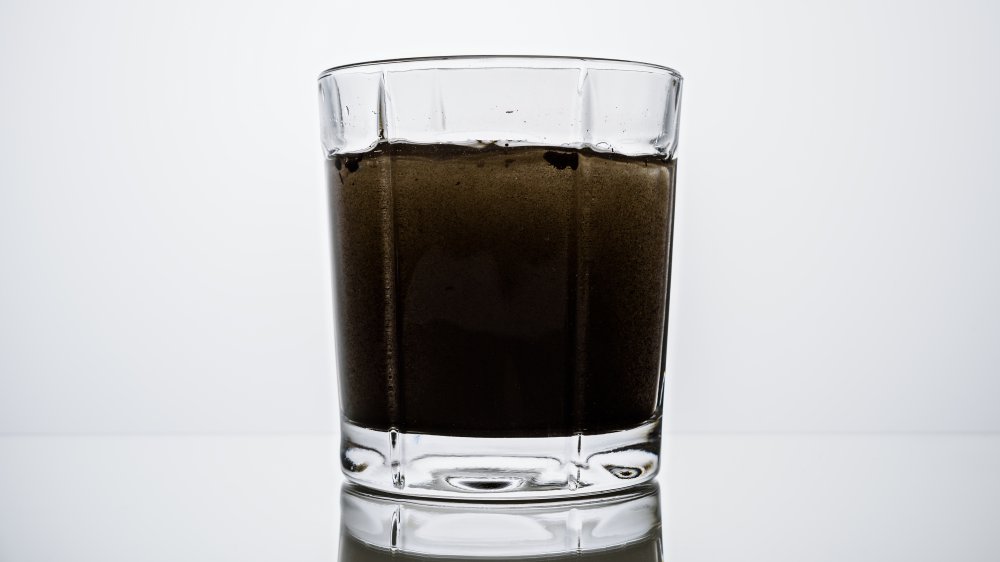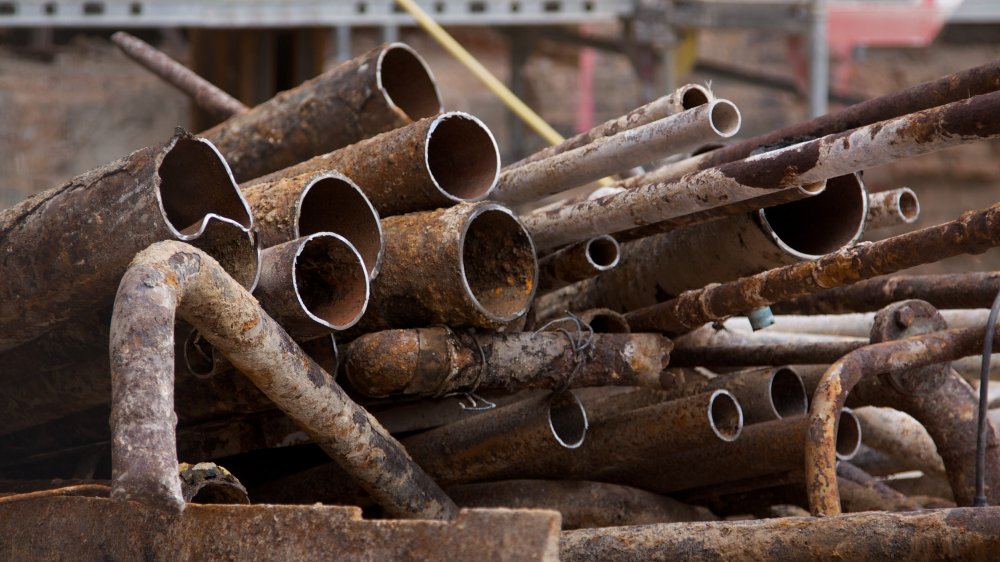The Awful Truth About Tainted Drinking Water In The U.S.
In 2014, Flint, Michigan became the poster city for water contamination. As described by WBUR, the crisis started when the city switched its water source from the higher quality Lake Huron to the lead-tainted, bacteria-infested Flint River as a cost-cutting measure. Soon residents saw brown and orange fluid flowing from their faucets and fell ill with Legionnaires' disease. Frontline reports that Flint had 90 official cases of people falling ill from Legionnaire's and 12 who died. But as many as 115 people might have died from pneumonia caused by drinking Flint's water.
People also consumed high concentrations of lead. Children's bodies absorbed five times more lead than adults, potentially causing irreversible nerve damage, learning disabilities, digestive problems, and other serious complications. Flint's story horrified the public. Unfortunately, it was a symptom of a far larger sickness.
A city's dirty secret
In 2019, Business Insider made a jarring observation: "Every year from 1982 to 2015, between 9 million and 45 million Americans got their drinking water from a source that violated the standards of the Environmental Protection Agency." Even worse, sometimes city officials intentionally left residents in the dark. For instance, executives at Veolia, one of the largest utility firms on Earth, knew how dire Flint, Michigan's situation was in 2015, according to MLive. But they declined to publicize the problem and instead focused on landing lucrative agreements with the city.
According to 2015 ABC10 investigation, between 2013 and 2014, officials in Sacramento, California waited a year to warn residents that their water might cause cancer. The city's main treatment facility had introduced aluminum chlorohydrate to the mix, which created carcinogens when it mixed with certain other substances. In 2018, Wisconsin health commissioner Bevan Baker resigned in disgrace because public health officials didn't inform families about their children testing positive for heightened lead levels from 2015 to 2017.
A capital's offense
Per CBS, in 1991, the EPA estimated that 10 million lead service lines were being used throughout the United States. As of November 2018, about 6.1 million remained. Eradicating the problem is complicated by the fact that many of the nation's lead pipes are on private property, and information about the location of lead pipes is sparse. The Associated Press reports that just five states mandate maps or inventories of lead service line locations. Virginia Tech environmental engineering professor Marc Edwards identified that lack of information as "the biggest problem we face."
Unfortunately, even when officials can pinpoint pipes, they sometimes bungle the solution, making things even worse. In 2004, Washington D.C, the dysfunction capital of the country, had a lead-contamination problem roughly 20 to 30 times worse than Flint's, according to Edwards. D.C. had unwittingly poisoned its water by switching its treatment chemical from chlorine to chloramine, which eroded the protective coating on city's lead service lines and domestic lead pipes.
Washington's Water and Sewer Authority (now known as DC Water) had known about it for four years but did little to alert the public. The city's proposed fix entailed replacing the service lines, but homeowners would have to shell out about $3,000 to replace their private pipes. Few agreed to do this, and it's not clear how many could even afford to. This resulted in partial pipe replacements, which caused even more lead to enter the water.


